Is “cheap” costly? Quantifying value-added benefits often alters the equation - by Anthony Quaranta
When pitching products or services, we’re typically tasked with defining our Unique Selling Proposition (USP). But when selling high-ticket items, what’s just as critical—and perhaps more compelling—is to not only describe, but also actually quantify, value-added benefits. And it’s absolutely essential that you promote these values on the front end of the sales process.
Why? Because even though a competitor’s widget may cost hundreds, even thousands, of dollars less, it more often than not lacks profit-prone benefits when compared with your more expensive widget. So, from the get-go, seize the opportunity to exceed your customer’s expectations by properly exploiting value-added advantages.
In doing so, I take a “nuts and bolts” approach. With pad and pen, I ask my prospect to define his or her most critical criteria when purchasing the product or service. (Knowing that this person is a purchasing influencer is essential; if they’re having trouble discussing their requirements, you’re not engaging the right person.) Throughout, my goal is to have the prospect articulate—or at least agree with—the value-added benefits that exist in the widget I’m selling. But my overriding intent is also to enlist their collaboration, their buy-in to this exercise, particularly its outcome.
Naturally, everyone wants his or her purchase to perform “as advertised.” But there’s always additional, underlying benefits to consider, including:
• Higher productivity. Perhaps your more expensive machine has a higher output because it works at half the speed. The payoff? Twice the productivity.
• Lower operating costs. Maybe that machine’s user-friendliness translates into manpower savings, i.e., it needs one operator as opposed to two. Cha-ching.
• Better residual value. It’s also about the long term. Think about a BMW versus a Honda. When it’s time for resale, how much more will one brand be worth?
• Service and support. Never position services late in the sales process because it simply diminishes their value. A value-added service could be as modest as a 24/7 “customer-only” parts portal. It clearly offers convenience, which saves time—and that delivers a monetary benefit to the customer.
Once we’ve collectively compiled our list, put a value on each benefit between one to ten, with ten being an absolutely essential need. If your prospect is having trouble doing so, perhaps share the opinion of another client. It’s also important to keep in mind that when quantifying benefits, you need to use sound logic in order to develop credible, real-world assumptions. Fine-tuning can be difficult, because in most cases you’re predicting the unknown future. So don’t get too bogged down in the numbers, just in their rationale.
We then compare each product’s features and offerings—mine versus the competition—to determine which scores the highest, all based on the prospect’s specifically defined needs. Hopefully, you’ve now engaged your prospect to value the strengths and benefits of your product—not your competitor’s.
Finally, I reinforce the results with a real-life customer case study, one that compellingly demonstrates the value add of my particular product. And, I underscore its authenticity by providing an actual Return on Investment (ROI) from clients that have already made this purchasing decision, detailing how they’ve earned more than the cost of the investment and that their purchase clearly returned a profit. Get your prospect to personally connect to the information by utilizing a similar sized and geographically located company with similar revenue. You want them to clearly see that a competitor he or she respects made this particular investment—and how it’s paid off.
So the crucial key is not just talking about value add, but putting an actual dollar value on it. Because those numbers will add up—and they’ll be revealing. Yes, at first blush your product seems a lot more expensive. But, it’s a fact: cheap can be costly. Just do the math.
That’s Q from the street.
Anthony Quaranta is the president of The Q Group, Hauppauge, N.Y.
Suffolk County IDA supports expansion of A&Z Pharmaceuticals


The evolving relationship of environmental consultants and the lending community - by Chuck Merritt
When Environmental Site Assessments (ESA) were first part of commercial real estate risk management, it was the lenders driving this requirement. When a borrower wanted a loan on a property, banks would utilize a list of “Approved Consultants” to order the report on both refinances and purchases.



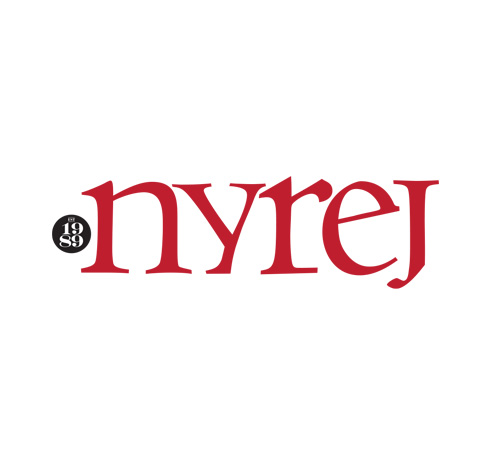

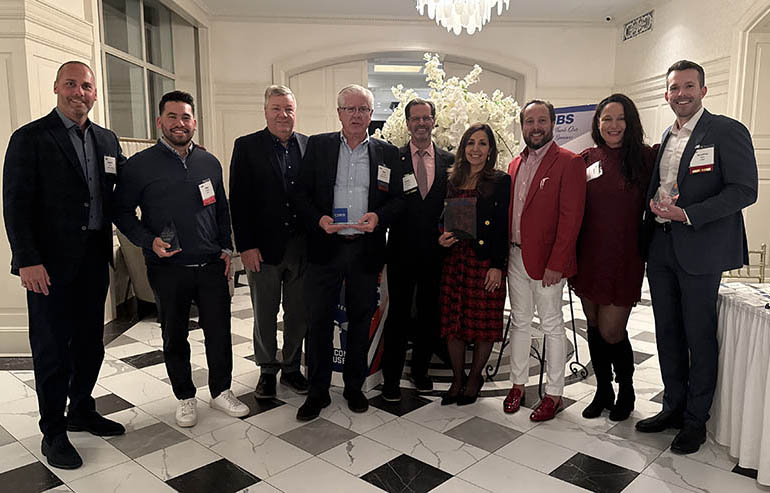
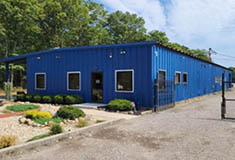
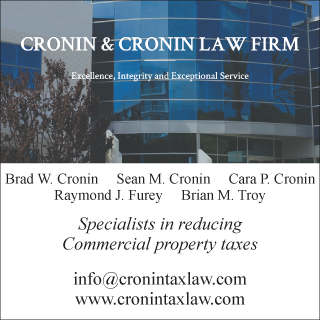
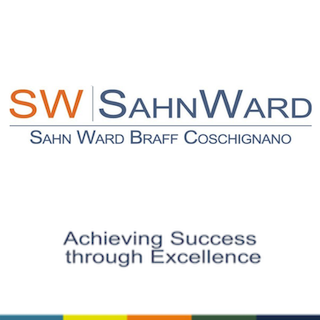

.jpg)